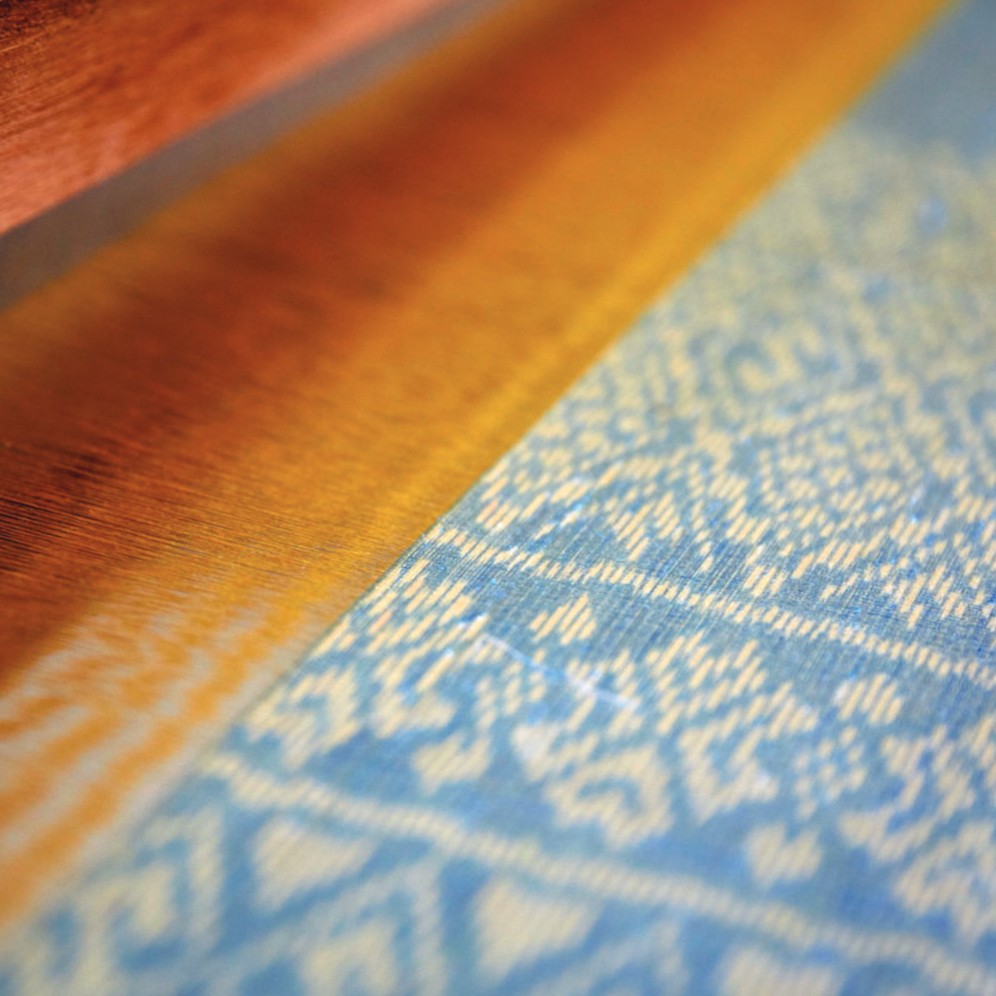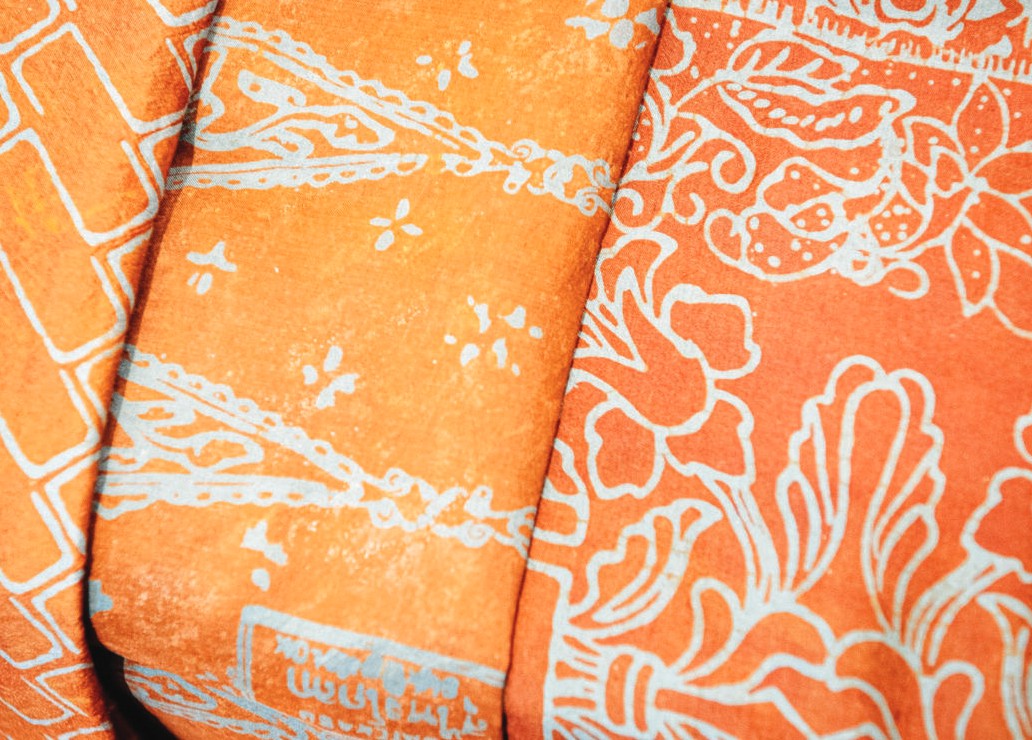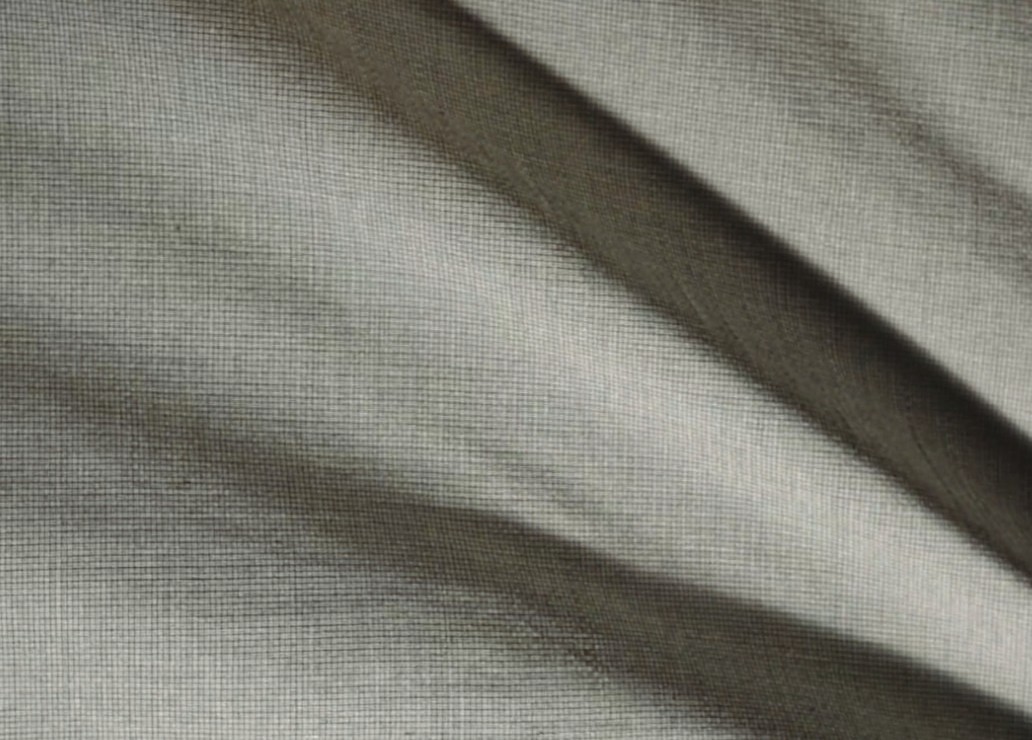
Types of Thai fabrics
silk
Silk silk threads are obtained from cocoons, mainly produced in the northeast, north and central regions. There's a little bit in the south, silk production, where cocoons are boiled, then silk girls, then bleached with alkali, then beckoned to stick together into a single, long strand throughout, and dyed to be further woven into fabric.


cotton
It is woven from cotton fibers, which in Thailand can grow cotton in all regions. Farmers will grow cotton along with farming. Around November to December, cotton matures and cracks fluff. It is produced as cotton fiber for weaving after the next harvest season
Muddy cloth
It is a fabric that is woven from bound yarn or silk and then dyed into a pattern before being woven. They are both woven with cotton and silk. Today, it is also woven from scientific fibers such as toray fibers. The muddy fabric is characterized by the seepage of paint that runs along the tied pattern, and the color overlap in the position of the yarn when it is brought up while weaving. The use of tie-dye accuracy Threading on top and weaving reduces this disparity, which may use this particular effect as a design tool. The design of the muddy fabric pattern is the use of a rhythmic range to tie silk or cotton with a rope. In the old days, banana ropes were commonly used, but nowadays switch to straw ropes instead for convenience. The stripes are sharp if tightly tied at each point. If the bundle is loose The colors are permeable, patterns that have been passed down from time to time, influenced by nature, beliefs, and traditions such as glass flower pattern, pine tree pattern, fifth dome pattern, seven dome pattern, colored pattern, deer pattern, peacock pattern, turtle pattern, and serpent pattern, etc.
Flowing watermark fabric
It is a fabric woven with an island or pickpocket technique. Use a multi-colored thread at intervals and weave it with hooks and dove –tails around the line, standing at intervals in rhythm. The names of the various stripes are referred to according to the characteristics that are woven, including: It is a long, wavy strip like a staircase. Rocket stripes It is formed by weaving the original flow watermark into a jagged, rocket-like squirt. Fingernail pattern It's caused by putting the flowing watermarks into a spot and filling a small line in the middle of the gap. Separate around it, resembling a flower or spider, and develop a pattern later by breaking it bluntly and inserting the thread color in layers. Elemental patterns Stack the flowing watermark into a layered pagoda-like appearance. Claws Multi-colored yarns are used, woven in layers.
Khid
It is a technique of weaving with folk wisdom that has been passed down for a long time in all areas of Thailand. Fabric production was found. Khid is very prevalent in the Northeast. In weaving, a stick is used to stack the strands rhythmically along the patterns along the face of the fabric, then plunge the bobbins into special dashes, and the lines are directed along the line of standing that has been pryed up. The distance frequency of the standing line is determined by the picket. This creates a pattern. Weaving khid, therefore, creates patterns while weaving on a quilt or ear. Cotton fibers are used rather than silk fibers. We often use khids to make blankets. sheet And weaved with narrow faces to use as sarongs and stencils. If silk fiber is used, it is woven into pieces to cut clothes.
Jagger
Weaving is the weaving and embroidery of fabrics along the way. Instead of needles, needles or hedgehog hairs are used to create silk patterns. Each locality has a different unique pattern. In addition to being used to decorate sarongs, they are also woven into pillows. Blankets and sbips
Taffeta
It is a fabric that is woven between khid and plaid. Some rows are plaid, others are plaid. Use the dominant and large pattern as the main pattern. Use a smaller pattern as an illustration. Taffeta is a famous fabric of the Northeast. Most of them are silk, commonly used as a shawl.
Hump or hump cloth
It is a fabric dyed indigo with hump trees according to folk methods, commonly used in Phrae province.